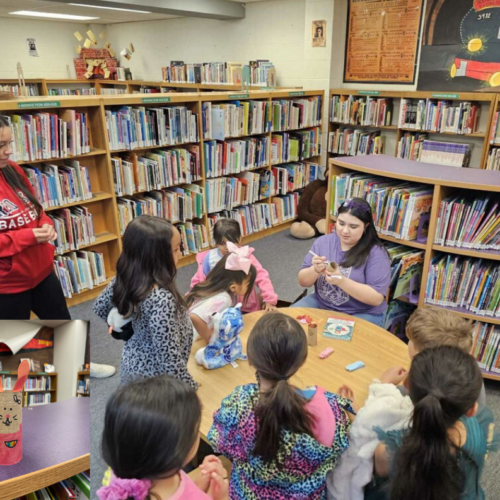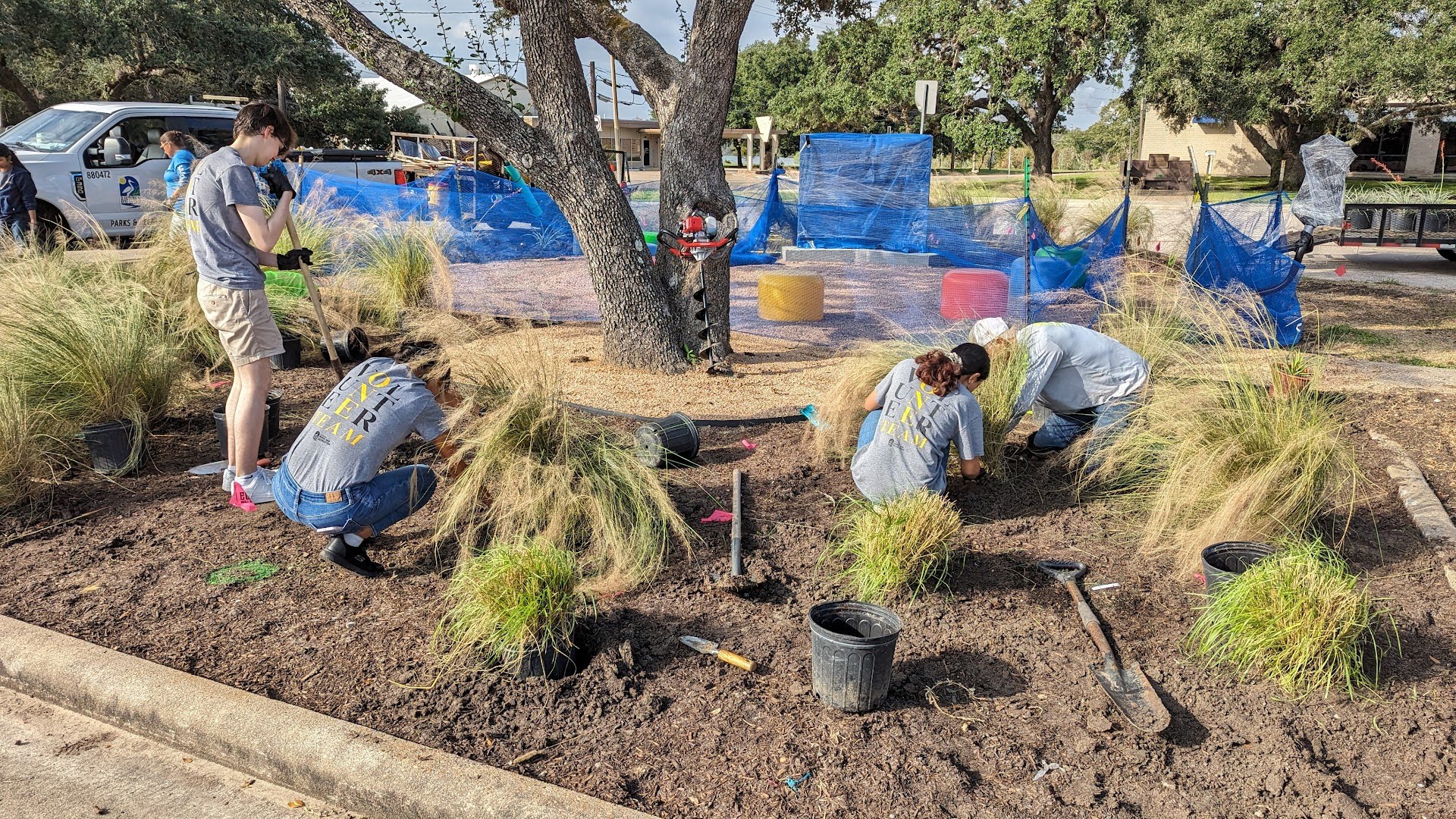by the Young Texan Ambassadors Leadership Council: Aishwaryaa Udeshi, Ocean Landreneau, June Kim, Priya Patel, Jennifer Cox, Sydney Brown, Abigail So, Saanvi Mylavarapu, Marleigh Alvarado, Claudia Amato
Embarking on a community project requires dedication, but the rewards—strengthened community bonds, improved environments, and the joy of achieving a shared goal—are immeasurable.
Steps:

1. Identify a Need
Identify an important issue or need within your community that you are passionate about. This can be done by advocating for a community garden, educational outreach, recycling implementation, etc.

2. Do your research
Research to understand the actual roots of these issues within your community. Learn about your cause and develop a firm basis of what your goals, audience, and objectives of your project are.

3. Recruit Volunteers
After thorough research, recruit volunteers passionate about this cause to achieve the project’s goals. These volunteers can be recruited by reaching out to friends, family, local schools, and community groups.

4. Implement the Project
Install a rainwater collector to harness the power of nature’s hydration. It’s a sustainable solution that reduces your reliance on tap water, conserving this precious resource. Use collected rainwater to nourish your plants and garden, contributing to a greener and more eco-friendly space.
Helpful Tips:

- Start Without Fear: Every impactful project begins with a small step. Don’t hesitate to take that initial leap.
- Draw Inspiration: Seek inspiration from existing projects in other communities. Adapt and innovate based on successful models.
- Engage with Adults and Leaders: Connect with experienced individuals early on. They can offer valuable insights, resources, and connections to support your project.
- Show Your Passion: Display your enthusiasm and dedication to motivate others to join your cause.
- Utilize Visuals: Create flyers and visuals to promote your project effectively. Visual materials increase exposure and engagement.
- Reach Out Widely: Don’t be afraid to approach community groups, schools, and friends for support and collaboration.
- Follow-up: Stay engaged after project completion. Maintain relationships with supporters and document the impact of your initiative



